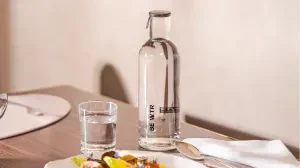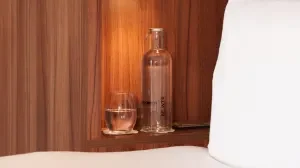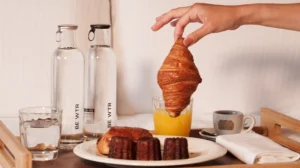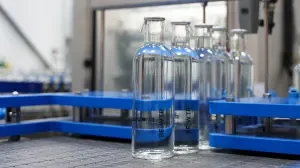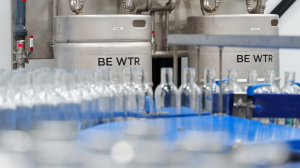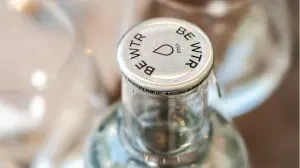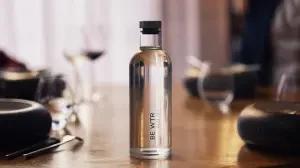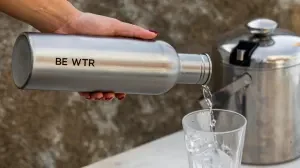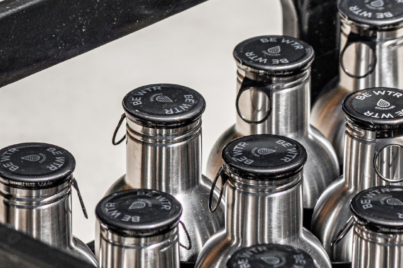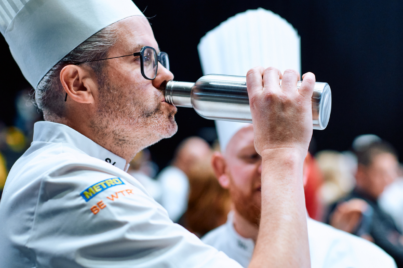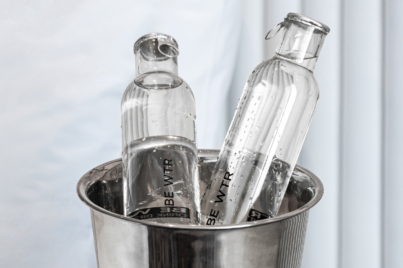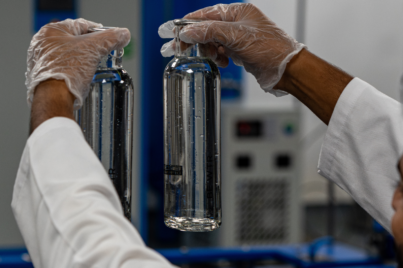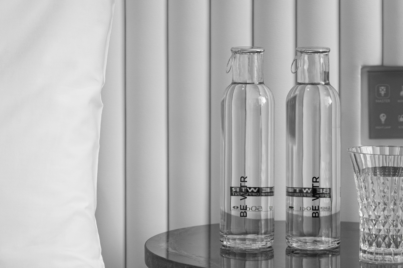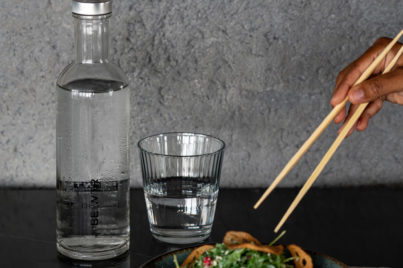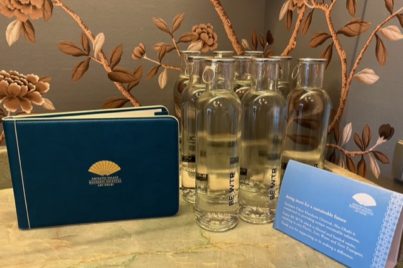#BE WTR stories
10 Golden rules for uncompromising hygiene and safety
19 February 2024, 7:00 GMT
By BE WTR
Apart from being a utility to serve operational needs, water is an important raw material in food and beverages and a life sustaining product for drinking purposes. This qualifies water as a food and thus the principles of food safety must be applied to water systems as well. Hence hazard prevention in water from infectious microorganisms, chemicals, particulates, etc. is paramount to ensure the integrity of water for use and/or direct consumption.
From a general consumer perspective, water must be safe, fresh and great-tasting. Discover the 10 golden rules for uncompromising hygiene and safety when it comes to hygiene and secure bottling.

1. Clean Waterline
Weather, temperature, water stagnation and/or absence of chlorine, are some of the factors enabling bacteria growth in less than a day. For capped bottles, differed consumption is more critical and requires complete daily waterline disinfection. Additionally, the complete waterline can be occasionally disassembled, inspected and cleaned.
2. No chemical residue
Bottled water stored for several days absorbs any chemical residue left from a dishwasher. Bottled water cannot be properly cleaned in dishwashers. Professional bottle cleaning systems use a succession of cleaning agents, disinfectants, and clear water rinses with dedicated jets and compartments. In a nutshell, bottles are rinsed in a dedicated area, different from where they are cleaned.
3. Zero contamination
Some contaminations are hard to wash away. For example, lipstick marks, sometimes visible as they are, but sometimes not. BE WTR bottles have been designed for reuse. They have a wide neck for more efficient cleaning. They have no paper label to facilitate visual inspection.
4. Unique Cap
Swing-cap bottles reuse the sealing plastic ring, which is a breeding ground for bacteria. A safe bottle cap should have a single-use seal without any gap in between. BE WTR uses a XXL ring cap that is recycled after use.
5. Clean Room
The most critical moment in terms of hygiene during the bottling process is between cleaning, filling, and capping. Any aerosol or airborne bacteria can contaminate the water. Professional bottling lines integrate these production steps in a clean environment: anti-bacterial air filter in a pressurised space.
6. Full automation
Touching the cap with hands, even if protected by gloves, generates a high risk of contamination. Professional bottling is fully automated, with no human intervention, from cleaning to capping.
7. Deep Filtration
Water filtration is paramount for a pleasant hydration experience and overall health. BE WTR has developed a specific filtration system adapted to local water chemical composition, deeply removing any potential contaminants. Tests are performed each month with independent local laboratories to monitor water quality.
8. Expiry Date
Expiry date is based on HACCP expertise. Water by itself has no expiry date. However, the date guarantees the absence of packaging migration as well as the absence of possible bacterial growth within this timeframe. BE WTR’s experience is based on risk identification and mitigation by methods, protocols, training, recording, auditing and ultimately, independent laboratory testing.
9. No Transport
When it comes to water safety, transport and storage conditions are important. Who knows how many hours your water bottle has been waiting on the tarmac, in a container exposed to the sun? Local bottling is the greatest guarantee of water safety.
10. Operated by BE WTR, your water specialist
Even if related, Food and Beverage Safety and Water Safety are two separate domains with different rules and regulations. Water shall be “colourless, tasteless and odourless”. No mistakes are tolerated.
Discover our water systems
Innovation & design water systems for homes and professionals.
